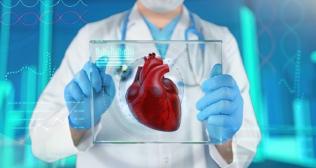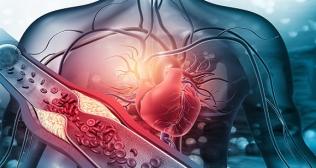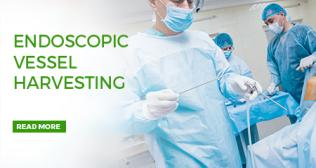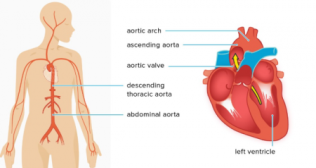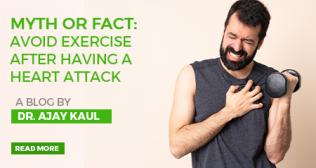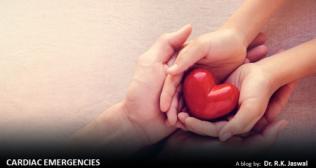
A Journey of Healing: Robotic ASD Closure Restores Heart Health by Dr. Sudarshan G T
A 34-year-old woman was incidentally diagnosed with a large atrial septal defect (ASD) during her pregnancy. Detailed evaluation revealed a 39 mm ostium secundum ASD with a significant left-to-right shunt, leading to dilatation of the right atrium and ventricle. She also presented with mild tricuspid and pulmonary regurgitation, suggesting the progressive impact of the defect on her heart function.
Clinical Decision
Given the large size of the defect and its effect on cardiac chambers, timely intervention was crucial to prevent long-term complications. The cardiac team recommended a robotic ASD closure using a native pericardial patch — a minimally invasive alternative to conventional open-heart surgery. This advanced technique offers surgical precision, reduced trauma, and faster recovery.
The Procedure
On August 5, 2025, the patient underwent a successful robotic ASD closure. The surgery was performed smoothly without complications. The use of the native pericardium for the patch ensured strength, durability, and biocompatibility.
Recovery and Outcomes
The postoperative course was uneventful. The patient was discharged on the 3rd postoperative day, with no pain and no need for blood transfusion. Follow-up echocardiography confirmed:
- Intact patch repair
- Normal chamber dimensions
- Preserved left ventricular function (LVEF 55–60%)
She made a steady recovery and soon resumed her normal life with improved heart function and renewed confidence.
A Milestone in Minimally Invasive Cardiac Care
This case underscores how robotic cardiac surgery is revolutionizing outcomes for patients with congenital and structural heart diseases. By blending surgical expertise with minimally invasive technology, patients benefit from:
- Smaller incisions and minimal scarring
- Less pain and faster recovery
- Excellent functional outcomes
- A better quality of life post-surgery
Categories
Clear allMeet the doctor

- Cardiac Sciences | Adult CTVS (Cardiothoracic and Vascular Surgery)
-
17 Years
-
1150







